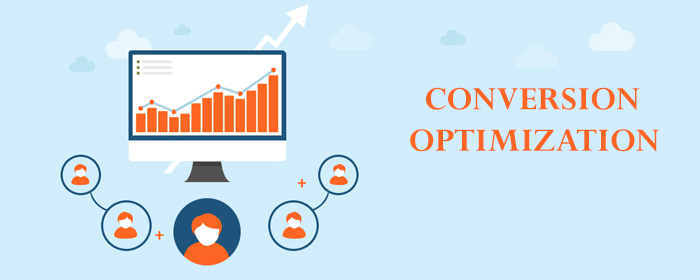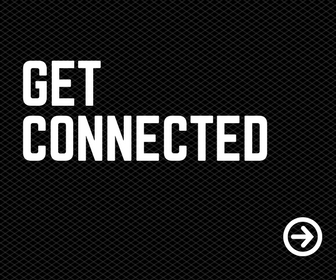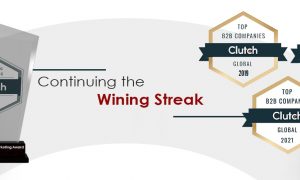Google AdWords and DoubleClick Bid Manager (DBM) are the two excellent platforms for buying programmatic campaigns. Most of the digital advertisers are familiar with Google Adwords, less are aware of DBM (DoubleClick Bid manager) and its advantages to Digital marketers or PPC Advertisers. The two platforms are quite different from each other based on the capabilities and available features each uniquely offers digital marketers. Google AdWords and DoubleClick Bid Manager having equally effective programmatic capabilities for marketers looking to buy digital advertising
We will be analyzing the precise differences between DBM and Adwords. And then identifying which buying platform, or whether both used in parallel, would perhaps be the correct strategy for your company which will give you a good clarity.
Google rakes in 33% of all online ad revenue (38.6 billion out of 117.6 billion).
Google AdWords is Google’s famous advertising service for businesses wanting to display ads on Google and its advertising network. The AdWords program enables businesses to set a budget for advertising and only pay when people click the CPC ads. The ad service is largely focused on keywords.
DoubleClick Bid Manager (DBM) is Google’s demand-side platform (DSP) that offers agencies, trading desks, and advertisers access to the world’s most exclusive collection of the display, video, native and mobile inventory available in real-time. Often claimed to be the most premium solution in a marketer’s programmatic advertising portfolio, DBM ensures media buyers the best opportunity to reach the highest level of bidding, targeting and optimization available for launching programmatic ad campaigns.
AdWords vs DoubleClick Bid Manager (DBM)
| Platform | Creative Options |
|---|---|
| Google AdWords | Text, Image, and Video Ads |
| DoubleClick Bid Manager | Image, Rich Media, Native and Video Ads |
You may have heard about the latest buzz in the industry – dynamic creative. This allows you to show extremely tailored ads based on user behavior, location or context. The DoubleClick platforms allow for dynamic remarketing and/or prospecting using either customizable XML or Google Doc feeds so that you can tailor your messaging, image and ensure you are showing the most up to date product information from your website.
Conversion Optimisation
Adwords and Analytics allow tracking for more than 1 conversion but switching between Analytics and Adwords can be tricky and time-consuming. DoubleClick uses Floodlights tags for tracking and advertisers are able to download reports and data per goal.
Reach
DBM is superior when it comes to reach as it has access to 81 exchanges whilst the GDN is limited to just the Google AdSense network. With DBM, you can reach more users across a wider range of sites which means that you can ensure you are appearing on the most relevant content.
Third Party Data
AdWords
The AdWords GDN does not have third-party targeting capabilities, meaning that you are reaching relevant users on the GDN. Within the network, you can target based on demographics, interests, topics and even seek out users currently interested in a specific product or service through display and search.
DBM
Savvy marketers already using third-party data are well aware of the advantages DBM offers. By offering the ability to find the users who could be the ones most interested in your solutions, companies can aim to target the people most likely to convert or purchase.
DBM provides marketers access to 35 third-party providers, which allows you to find users that are similar to your current website visitors, i.e., the types of people who are currently searching for the products/solutions that you offer, and specific demographics or affinity segments.


























